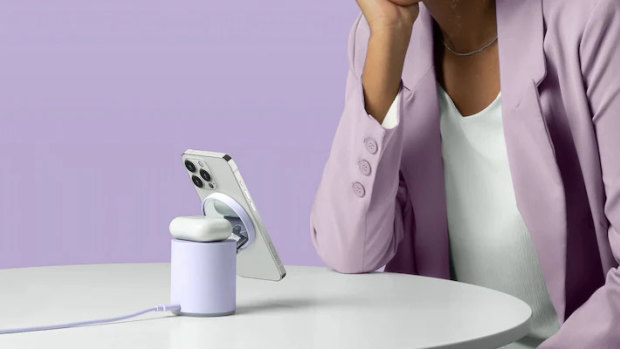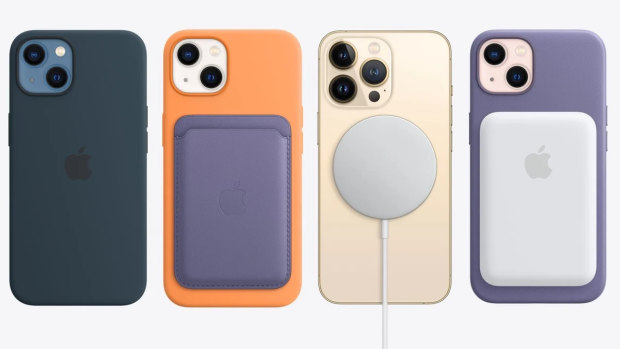
Qi has been synonymous with wireless charging for years now. Qi chargers are built into furniture or installed in public spaces, or you might have bought one for your desk or bedside table, to make charging as simple as putting your smartphone down.
However, it hasn’t always been a pain-free experience. Lining up your phone just right can be tedious, charging can be slow, depending on your setup, and it doesn’t work the same on every device. Last year, Qi2 was introduced to fix some of these issues, and we’re now starting to see the first commercially available Qi2 devices.

Qi2 chargers, like this one from Anker, provide wireless power and magnetic positioning.
What is Qi2?
Qi2 is a new open standard from the wireless power consortium (WPC), which has more than 600 members, including Apple, Samsung, Google and many accessory makers. In effect, Qi2 borrows the design of Apple’s MagSafe, which combines wireless charging with automatically aligning magnets, but makes it available to everyone, opening the door for Android, new kinds of devices and accessories to use magnetic wireless charging.
Currently, the only certified Qi2 devices are Apple’s latest iPhones, since they already have the magnetic tech. But supported Android devices are expected as early as this year, meaning you’ll be able to get a wireless charger that magnetically attaches to both iPhones and Android devices. Phone-makers also have the option to support Qi2 without the magnets, or include the magnetic tech in optional phone cases.

Apple’s MagSafe formed the basis of Qi2, which will be compatible with iPhones and Androids.
Does Qi2 charge faster than Qi?
This gets a little bit technical, so bear with me. The original Qi standard charged devices wirelessly with 5W of power, which is much slower than most current wired charging.
Eventually, the WPC introduced something called Extended Power Profile (EPP) which could charge supported devices at up to 15W, and the old standard was renamed Baseline Power Profile (BPP). Some EPP chargers only support charging at 12W.









 Add Category
Add Category